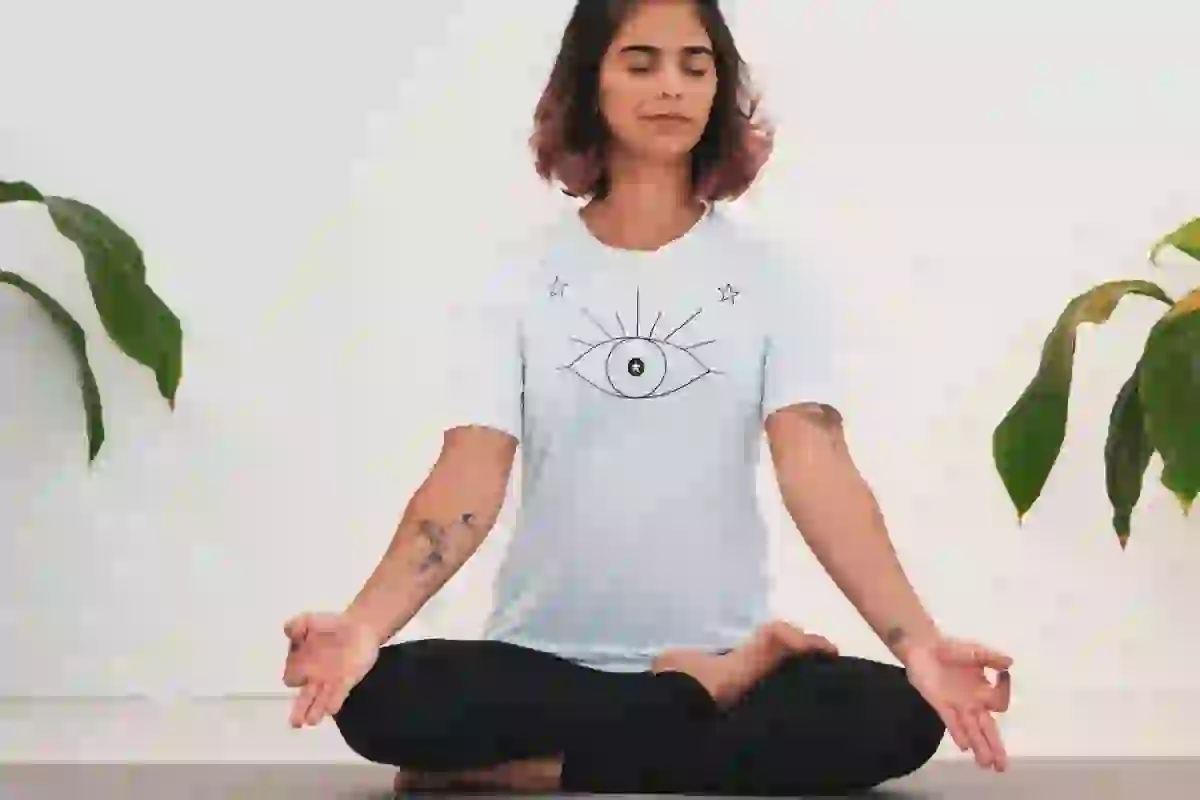In the bustling pace of modern life, stress and anxiety are common companions. Amidst the chaos, it’s crucial to find ways to centre ourselves, to find a moment of peace and rejuvenation. Yoga, an ancient practice that harmonizes the body and mind, offers a powerful tool in this quest – breathing techniques. One of the best places to learn and experience these techniques is through a Bali 200-hour yoga teacher training course, which not only teaches yoga postures but deeply immerses you in the art of breathing, or ‘Pranayama.’
Table of Contents
Understanding Pranayama
Pranayama, a Sanskrit word, literally translates to “extension of the prana (breath or life force)” or “breath control.” This practice involves various techniques of breath control, believed to cleanse, balance, and unlock the energy channels within our body. Pranayama is considered as important as yoga postures (asanas) and meditation in the practice of yoga.
Benefits of Yoga Breathing Techniques
- Reduces Stress and Anxiety: Regular practice of breathing techniques can significantly reduce stress and anxiety levels. Controlled breathing helps calm the mind, bringing a sense of peace and relaxation. Techniques such as Ujjayi breathing (ocean breath) are particularly effective for calming the mind.
- Improves Sleep Quality: Insomnia and disrupted sleep patterns can be effectively managed through pranayama. Techniques like Brahmi (bee breath) have a soothing effect on the mind, promoting better sleep.
- Enhances Focus and Concentration: Pranayama aids in increasing focus and concentration. Techniques like Nadi Shodhana (alternate nostril breathing) balance the left and right hemispheres of the brain, enhancing mental clarity and focus.
- Boosts Energy Levels: Certain breathing practices can increase the flow of energy in the body. Kapalbhati (skull shining breath), for instance, invigorates the body and mind, leaving one feeling energized and refreshed.
- Improves Respiratory and Cardiovascular Health: Regular practice strengthens respiratory muscles, increases lung capacity, and improves overall cardiovascular health. It’s especially beneficial for those with asthma or other respiratory issues.
- Aids in Emotional Healing and Release: Pranayama can also facilitate emotional release and healing. It helps in managing anger, depression, and other emotional upheavals.
Incorporating Breathing Techniques into Everyday Life
- Morning Routine: Begin your day with a few minutes of deep breathing or Nadi Shodhana. This sets a positive tone for the day, enhancing mental clarity.
- Workplace Relaxation: Take short breaks for a few rounds of deep breathing or Ujjayi breath. This helps in managing work-related stress and maintaining calmness.
- Evening Unwind: End your day with gentle breathing exercises like Anulom Vilom or Brahmi. This helps in unwinding and preparing for a restful sleep.
- Emotional Management: Use breathing techniques to manage sudden bouts of emotional stress. A few minutes of focused breathing can provide immediate relief.
Learning and Deepening Your Practice
For those interested in delving deeper into the world of yoga and its breathing techniques, undertaking a yoga teacher training course, like a Bali 200-hour yoga teacher training, can be transformative. These courses offer comprehensive training in not just the physical aspects of yoga but also its philosophical, mental, and, importantly, breathwork aspects.
Yoga breathing techniques offer a simple yet profound way to enhance our daily lives. By learning to control and regulate our breath, we gain control over our minds and emotions, leading to a healthier, more balanced life. Whether you are a beginner or an experienced yoga practitioner, the journey of exploring pranayama is endless and deeply rewarding. Embrace the power of breath, and let it guide you towards a more peaceful, centred, and vibrant existence.

